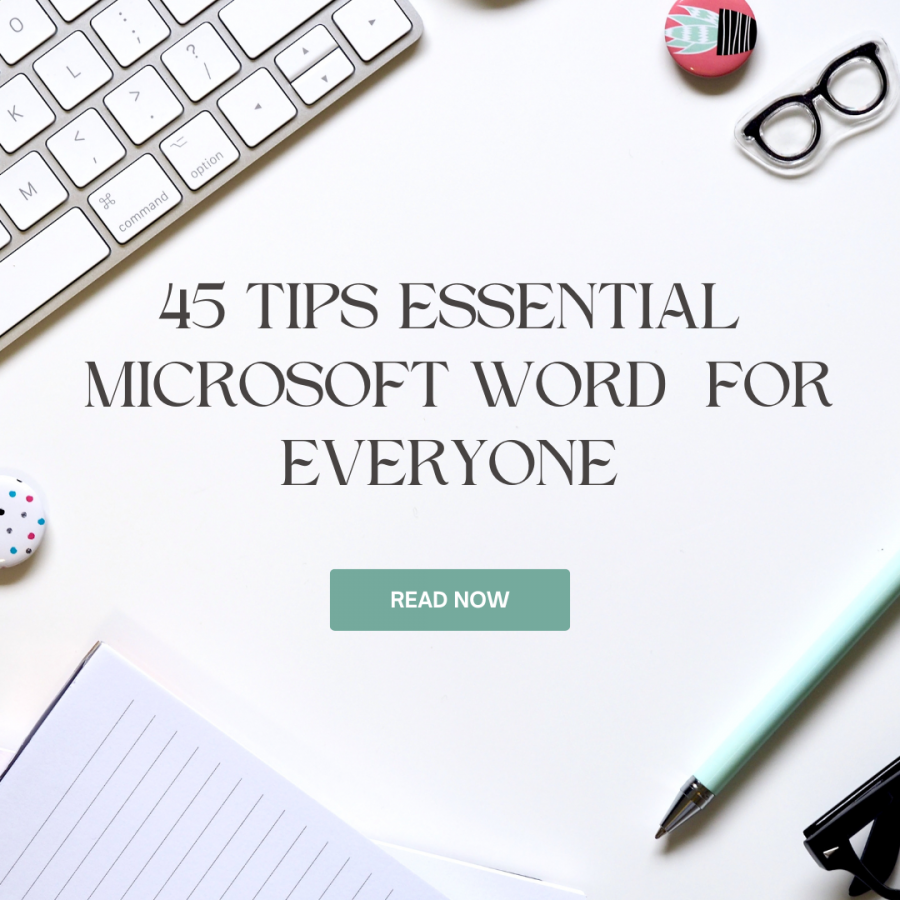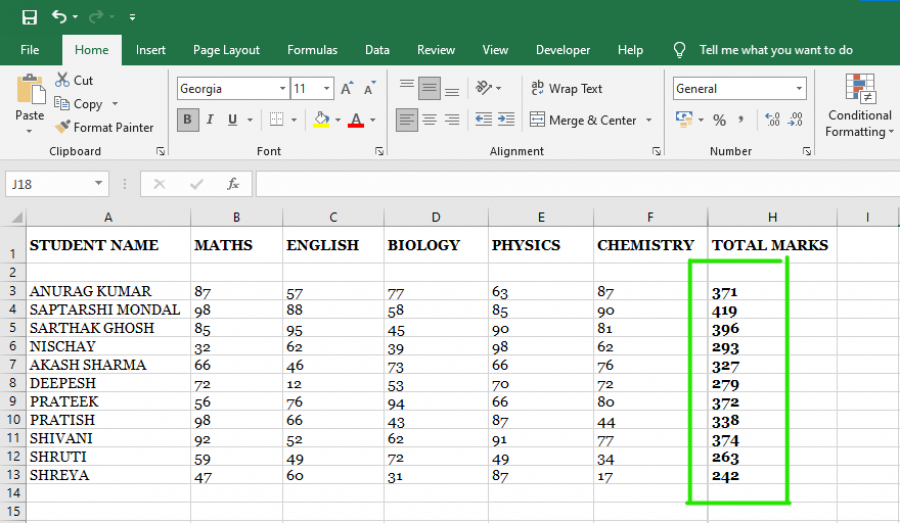- Afghanistan
- Åland Islands
- Albania
- Algeria
- American Samoa
- Andorra
- Angola
- Anguilla
- Antarctica
- Antigua and Barbuda
- Argentina
- Armenia
- Aruba
- Australia
- Austria
- Azerbaijan
- Bahamas
- Bahrain
- Bangladesh
- Barbados
- Belarus
- Belgium
- Belize
- Benin
- Bermuda
- Bhutan
- Bolivia
- Bonaire, Sint Eustatius, and Saba
- Bosnia and Herzegovina
- Botswana
- Bouvet Island
- Brazil
- British Indian Ocean Territory
- British Virgin Islands
- Brunei
- Bulgaria
- Burkina Faso
- Burundi
- Cambodia
- Cameroon
- Canada
- Cape Verde
- Cayman Islands
- Central African Republic
- central square ny
- Chad
- Chile
- China
- Christmas Island
- Cocos [Keeling] Islands
- Colombia
- Comoros
- Cook Islands
- Costa Rica
- Croatia
- Cuba
- Curaçao
- Cyprus
- Czech Republic
- Congo - Kinshasa
- Denmark
- Djibouti
- Dominica
- Dominican Republic
- Timor-Leste
- Ecuador
- Egypt
- El Salvador
- Equatorial Guinea
- Eritrea
- Estonia
- Ethiopia
- Falkland Islands
- Faroe Islands
- Fiji
- Finland
- France
- French Guiana
- French Polynesia
- French Southern Territories
- Gabon
- Gambia
- Georgia
- Germany
- Ghana
- Gibraltar
- Greece
- Greenland
- Grenada
- Guadeloupe
- Guam
- Guatemala
- Guernsey
- Guinea
- Guinea-Bissau
- Guyana
- Haiti
- Heard Island and McDonald Islands
- Honduras
- Hong Kong SAR China
- Hungary
- Iceland
- India
- PAN (Presence Across Nation)
- Indonesia
- Iran
- Iraq
- Ireland
- Isle of Man
- Israel
- Italy
- Côte d’Ivoire
- Jamaica
- Japan
- Jersey
- Jordan
- Kazakhstan
- Kenya
- Kiribati
- Kosovo
- Kuwait
- Kyrgyzstan
- Laos
- Latvia
- Lebanon
- Lesotho
- Liberia
- Libya
- Liechtenstein
- Lithuania
- Luxembourg
- Macau SAR China
- Macedonia
- Madagascar
- Malawi
- Malaysia
- Maldives
- Mali
- Malta
- Marshall Islands
- Martinique
- Mauritania
- Mauritius
- Mayotte
- Mexico
- Micronesia
- Moldova
- Monaco
- Mongolia
- Montenegro
- Montserrat
- Morocco
- Mozambique
- Myanmar [Burma]
- Namibia
- Nauru
- Nepal
- Netherlands
- Netherlands Antilles
- New Caledonia
- New Zealand
- Nicaragua
- Niger
- Nigeria
- Niue
- Norfolk Island
- North Korea
- Northern Mariana Islands
- Norway
- Oman
- Pakistan
- Palau
- Palestinian Territories
- Panama
- Papua New Guinea
- Paraguay
- Peru
- Philippines
- Pitcairn Islands
- Poland
- Portugal
- Puerto Rico
- Qatar
- Congo - Brazzaville
- Réunion
- Romania
- Russia
- Rwanda
- Saint Barthélemy
- Saint Helena
- Saint Kitts and Nevis
- Saint Lucia
- Saint Martin
- Saint Pierre and Miquelon
- Saint Vincent and the Grenadines
- Samoa
- San Marino
- São Tomé and Príncipe
- Saudi Arabia
- Senegal
- Serbia
- Serbia and Montenegro
- Seychelles
- Sierra Leone
- Singapore
- Sint Maarten
- Slovakia
- Slovenia
- Solomon Islands
- Somalia
- South Africa
- South Georgia and the South Sandwich Islands
- South Korea
- South Sudan
- Spain
- Sri Lanka
- Sudan
- Suriname
- Svalbard and Jan Mayen
- Swaziland
- Sweden
- Switzerland
- Syria
- Taiwan
- Tajikistan
- Tanzania
- Thailand
- Togo
- Tokelau
- Tonga
- Trinidad and Tobago
- Tunisia
- Turkey
- Turkmenistan
- Turks and Caicos Islands
- Tuvalu
- U.S. Virgin Islands
- Uganda
- Ukraine
- United Arab Emirates
- United Kingdom
- United States
- U.S. Minor Outlying Islands
- Uruguay
- Uzbekistan
- Vanuatu
- Vatican City
- Venezuela
- Vietnam
- Wallis and Futuna
- Western Sahara
- Yemen
- Zambia
- Zimbabwe
Essential Microsoft Word Tips for Everyone

Essential Microsoft Word Tips for Everyone
Microsoft Word is a powerful tool for creating documents, whether you're writing a report, a letter, or just taking notes. If you're looking to improve your Word skills, here are some essential tips that can make your work easier and more efficient.
1. Use Keyboard Shortcuts
Keyboard shortcuts can save you a lot of time. Here are a few you might find handy:
- Ctrl + C: Copy
- Ctrl + V: Paste
- Ctrl + X: Cut
- Ctrl + Z: Undo
- Ctrl + B: Bold
- Ctrl + I: Italic
- Ctrl + U: Underline
Learning these shortcuts can help you navigate and edit your documents faster.
2. Format Text Quickly
To make your text look better, use the formatting tools:
- Bold: Makes text thicker and darker.
- Italic: Slants text to the right.
- Underline: Adds a line under your text.
You can also adjust font size and color using the toolbar at the top of the screen. Just highlight the text you want to change and pick the options you like.
3. Use Styles for Consistent Formatting
Instead of manually formatting each section of your document, use Styles. Styles let you apply a set of formatting options (like font size and color) with a single click. To use a style:
- Highlight the text.
- Go to the "Home" tab.
- Click on the style you want to apply.
This helps keep your document looking consistent and professional.
4. Create Bullet Points and Numbered Lists
Organizing information into lists makes it easier to read. To create a list:
- Click where you want the list to start.
- Go to the "Home" tab.
- Click on the bullet points or numbered list icon.
You can then add items to your list and easily rearrange them.
5. Insert Tables for Better Layout
Tables are great for organizing information in rows and columns. To insert a table:
- Click on the "Insert" tab.
- Click on "Table."
- Choose the number of rows and columns you need.
You can then fill in your table with text or numbers and adjust the size of the cells as needed.
6. Use Find and Replace
If you need to change a word or phrase throughout your document, use Find and Replace:
- Press Ctrl + H.
- Enter the word you want to find in the "Find what" box.
- Enter the word you want to replace it with in the "Replace with" box.
- Click "Replace All" to change every instance.
7. Add Page Numbers
To keep track of pages in longer documents, you can add page numbers:
- Click on the "Insert" tab.
- Click on "Page Number."
- Choose the position where you want the page numbers to appear (top or bottom of the page).
8. Insert Hyperlinks
Adding hyperlinks to your document can help readers quickly navigate to websites or other parts of your document. To add a hyperlink:
- Highlight the text you want to link.
- Right-click and select "Hyperlink."
- Enter the URL you want to link to in the "Address" box.
- Click "OK."
9. Track Changes for Collaboration
When working on a document with others, use Track Changes to see what edits have been made:
- Go to the "Review" tab.
- Click on "Track Changes."
Any changes made will be highlighted, and you can accept or reject them as needed.
10. Save Your Document Regularly
To avoid losing your work, save your document frequently. Click on "File" and then "Save," or press Ctrl + S. You can also set up AutoSave to save your document automatically.
11. Utilize the Ruler for Precise Formatting
The ruler at the top of your document helps you align text and objects accurately. If you don't see the ruler, go to the "View" tab and check "Ruler." You can drag the markers on the ruler to adjust margins and indentation.
12. Use Headers and Footers for Consistent Information
Headers and footers are useful for adding information that appears on every page, like page numbers, titles, or author names:
- Go to the "Insert" tab.
- Click on "Header" or "Footer."
- Choose a style and enter your content.
13. Insert and Edit Images
To add visual interest to your document:
- Click on the "Insert" tab.
- Click "Pictures" and choose where to insert an image from.
- Once inserted, you can resize or move the image by dragging its corners or edges.
14. Create and Use Templates
Templates are pre-designed documents that you can use as a starting point:
- Go to "File" and click "New."
- Browse the available templates or search for one that suits your needs.
- Customize the template as needed.
15. Use Section Breaks for Different Formatting
If you need different sections in your document to have different formatting (like different headers or footers):
- Place your cursor where you want to start a new section.
- Go to the "Layout" tab.
- Click "Breaks" and select "Next Page" under "Section Breaks."
16. Add Comments for Collaboration
To provide feedback or notes in a shared document:
- Highlight the text you want to comment on.
- Go to the "Review" tab.
- Click "New Comment" and type your note.
17. Use the Format Painter to Copy Formatting
To quickly copy formatting from one part of your document to another:
- Highlight the text with the desired formatting.
- Click the "Format Painter" icon on the "Home" tab.
- Drag over the text you want to format.
18. Customize Your Quick Access Toolbar
The Quick Access Toolbar provides fast access to commonly used commands:
- Click the small downward arrow at the end of the Quick Access Toolbar.
- Choose commands to add or remove.
19. Use Word's Spelling and Grammar Check
Word’s built-in proofing tools can help catch errors:
- Go to the "Review" tab.
- Click "Spelling & Grammar."
- Follow the prompts to review and correct any issues.
20. Explore the Document Map for Navigation
For easier navigation in large documents:
- Go to the "View" tab.
- Check "Navigation Pane."
You can then use the Document Map to jump between headings and sections.
21. Use Bookmarks to Navigate Large Documents
Bookmarks let you mark and quickly return to specific parts of your document:
- Select the text or place you want to bookmark.
- Go to the "Insert" tab.
- Click "Bookmark," name it, and click "Add."
To navigate, go to "Insert," click "Bookmark," select the bookmark, and click "Go To."
22. Customize Your Document's Background
For a more personalized look:
- Go to the "Design" tab.
- Click "Page Color" and select your preferred color or gradient.
23. Insert Symbols and Special Characters
To add symbols or special characters:
- Go to the "Insert" tab.
- Click "Symbol" and choose from the list, or click "More Symbols" for additional options.
24. Use the Researcher Tool
If you're writing a research paper or report, the Researcher tool helps find and cite sources:
- Go to the "References" tab.
- Click "Researcher."
25. Create and Use Mail Merge
For sending personalized documents like invitations or letters:
- Go to the "Mailings" tab.
- Click "Start Mail Merge" and follow the steps to customize your document.
26. Use SmartArt for Visual Representation
SmartArt can help you create visually appealing diagrams and lists:
- Go to the "Insert" tab.
- Click "SmartArt."
- Choose a diagram type and enter your information.
27. Create and Use Custom Styles
Custom styles let you define specific formatting for different types of content:
- Go to the "Home" tab.
- Click the small arrow in the Styles group.
- Click "New Style" and set your preferred formatting options.
28. Utilize the Outline View for Structuring Your Document
The Outline View helps organize and structure large documents:
- Go to the "View" tab.
- Click "Outline."
You can then use this view to rearrange sections and headings easily.
29. Apply Themes for a Consistent Look
Themes ensure a consistent look throughout your document:
- Go to the "Design" tab.
- Click "Themes" and choose a theme that suits your document.
30. Use the Document Inspector to Remove Hidden Information
To ensure your document doesn’t contain hidden metadata:
- Go to "File."
- Click "Info" and select "Check for Issues."
- Choose "Inspect Document" and follow the prompts.
31. Create a Table of Contents
For easy navigation in long documents, add a Table of Contents:
- Place your cursor where you want the Table of Contents.
- Go to the "References" tab.
- Click "Table of Contents" and choose a style.
32. Use Track Changes and Comments for Editing
Track Changes and Comments are great for reviewing and editing:
- Go to the "Review" tab.
- Click "Track Changes" to start tracking edits.
- Click "New Comment" to add notes.
33. Use AutoText for Frequently Used Phrases
AutoText allows you to save and insert frequently used text:
- Highlight the text you want to save.
- Go to the "Insert" tab.
- Click "Quick Parts" and select "AutoText."
- Click "Save Selection to AutoText Gallery."
34. Create a Custom Keyboard Shortcut
For commands you use often:
- Go to "File" and click "Options."
- Select "Customize Ribbon."
- Click "Customize" next to "Keyboard shortcuts" and assign a new shortcut.
35. Use the Navigation Pane to Search and Navigate
The Navigation Pane helps search and navigate your document quickly:
- Go to the "View" tab.
- Check "Navigation Pane."
You can search for text and navigate by headings.
36. Create a Watermark
To add a watermark to your document:
- Go to the "Design" tab.
- Click "Watermark."
- Choose a pre-set watermark or create a custom one.
37. Use Document Properties for Metadata
Add document properties like title, author, and subject:
- Go to "File."
- Click "Info" and then "Properties."
- Add or edit properties as needed.
38. Use the Clipboard Task Pane for Multiple Items
The Clipboard Task Pane allows you to keep multiple items on the clipboard:
- Go to the "Home" tab.
- Click the small arrow in the Clipboard group.
You can then paste any of the items you've copied.
39. Add Footnotes and Endnotes
For academic or detailed documents:
- Place your cursor where you want the footnote or endnote.
- Go to the "References" tab.
- Click "Insert Footnote" or "Insert Endnote."
40. Use Field Codes for Dynamic Content
Field codes are useful for dynamic content like dates or page numbers:
- Go to the "Insert" tab.
- Click "Quick Parts" and select "Field."
- Choose the type of field you need and insert it.
41. Split Your Document into Columns
For newsletters or brochures:
- Go to the "Layout" tab.
- Click "Columns" and select the number of columns.
42. Apply Page Borders for a Polished Look
To add a border around your page:
- Go to the "Design" tab.
- Click "Page Borders."
- Choose your border style and apply it.
43. Use the Thesaurus for Better Word Choices
To find synonyms and improve your writing:
- Right-click the word you want to change.
- Select "Synonyms" and choose an alternative.
44. Use Mail Merge for Personalized Mass Communication
Mail Merge is useful for creating personalized letters or labels:
- Go to the "Mailings" tab.
- Click "Start Mail Merge" and follow the steps to set up your document and data source.
45. Save Documents as PDFs
To share documents in a widely accessible format:
- Go to "File."
- Click "Save As" and choose "PDF" from the file format options.

 by Admin
by Admin






